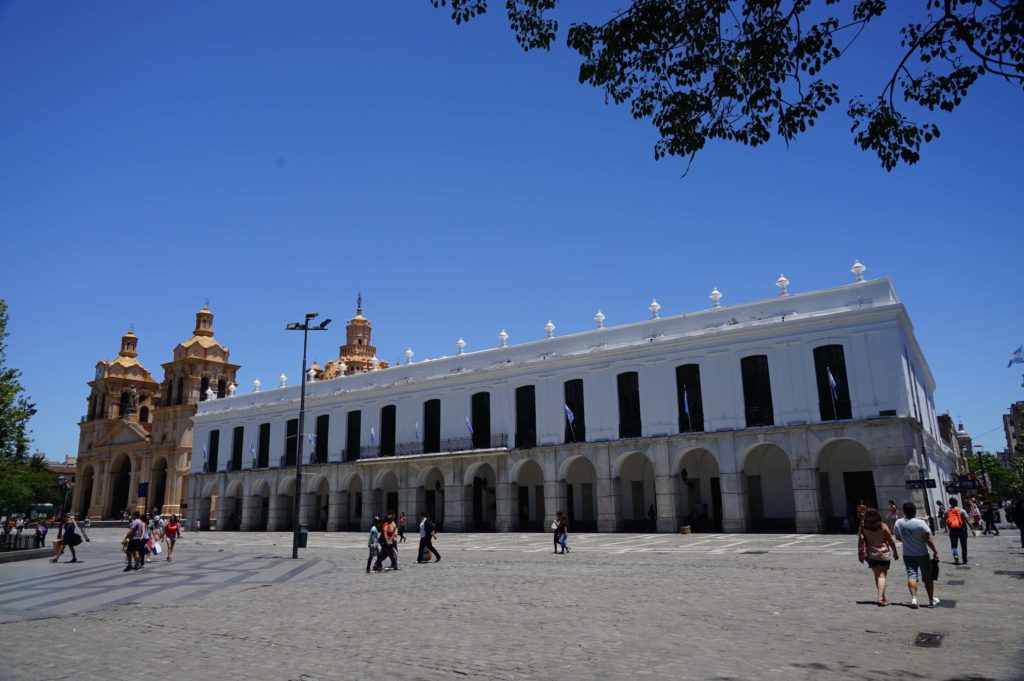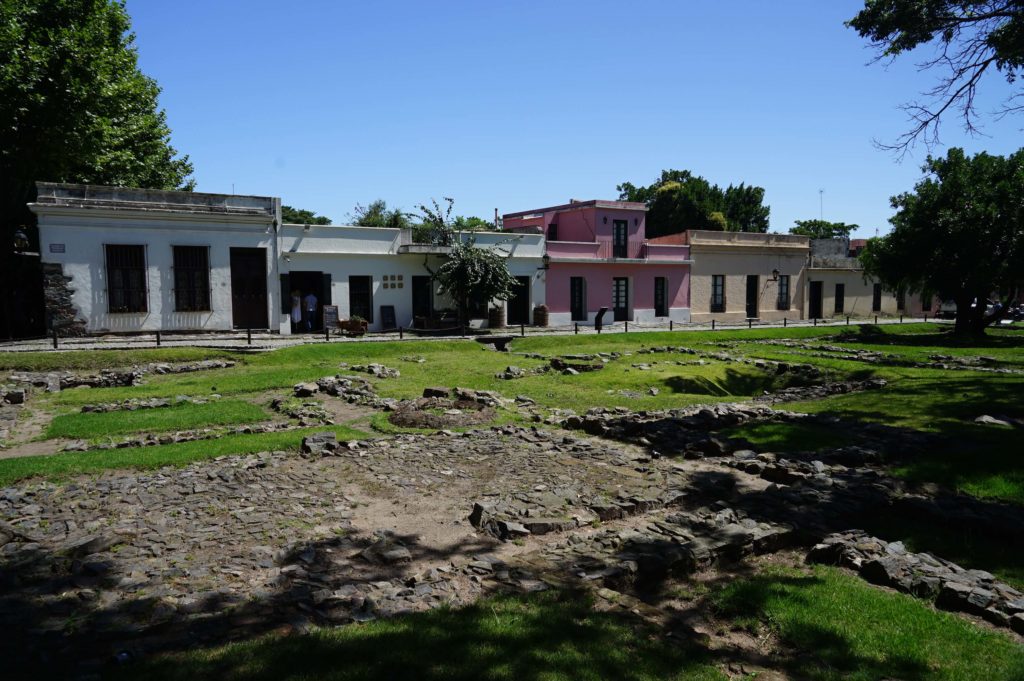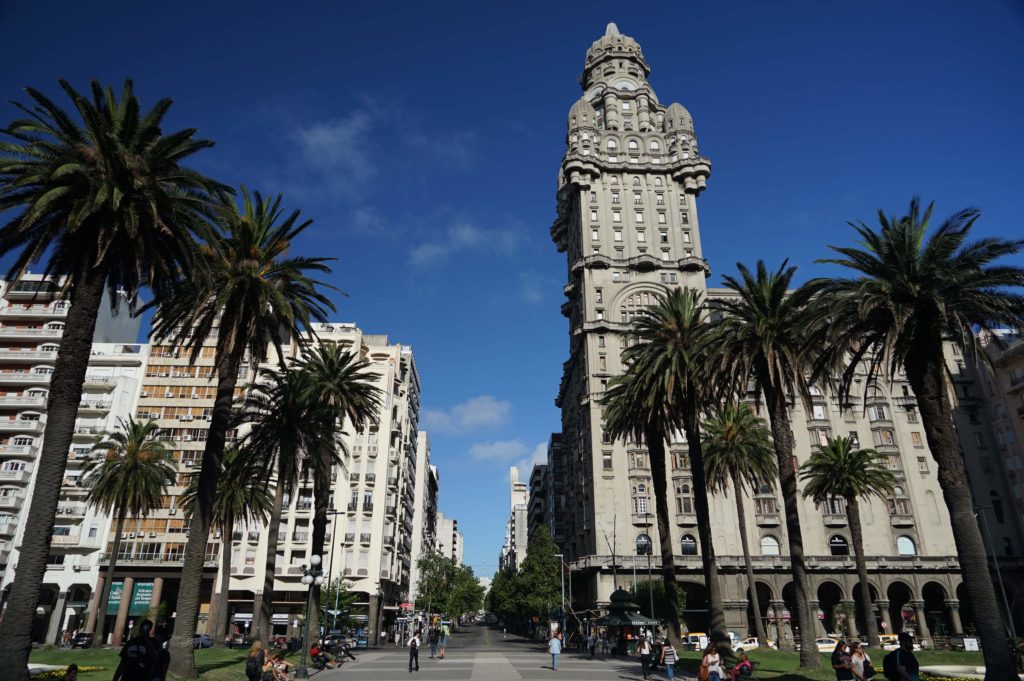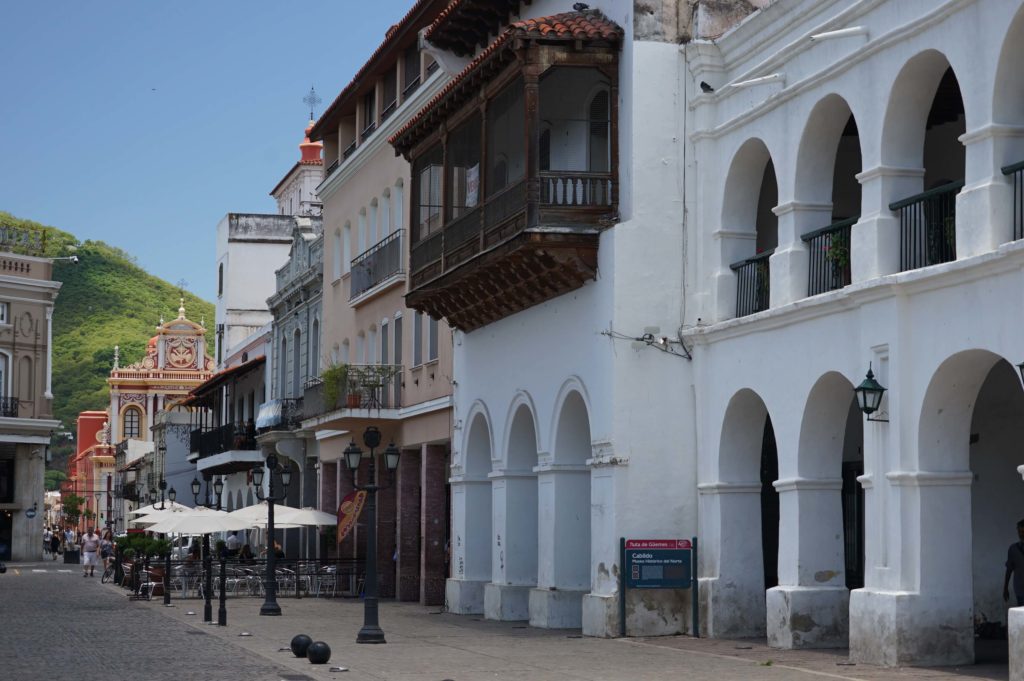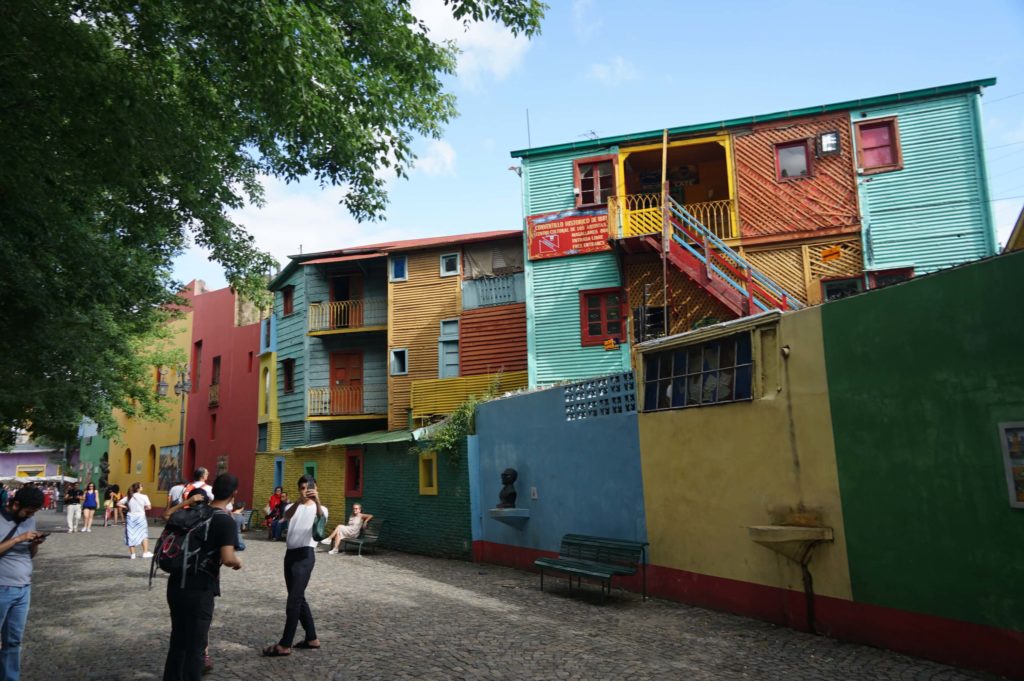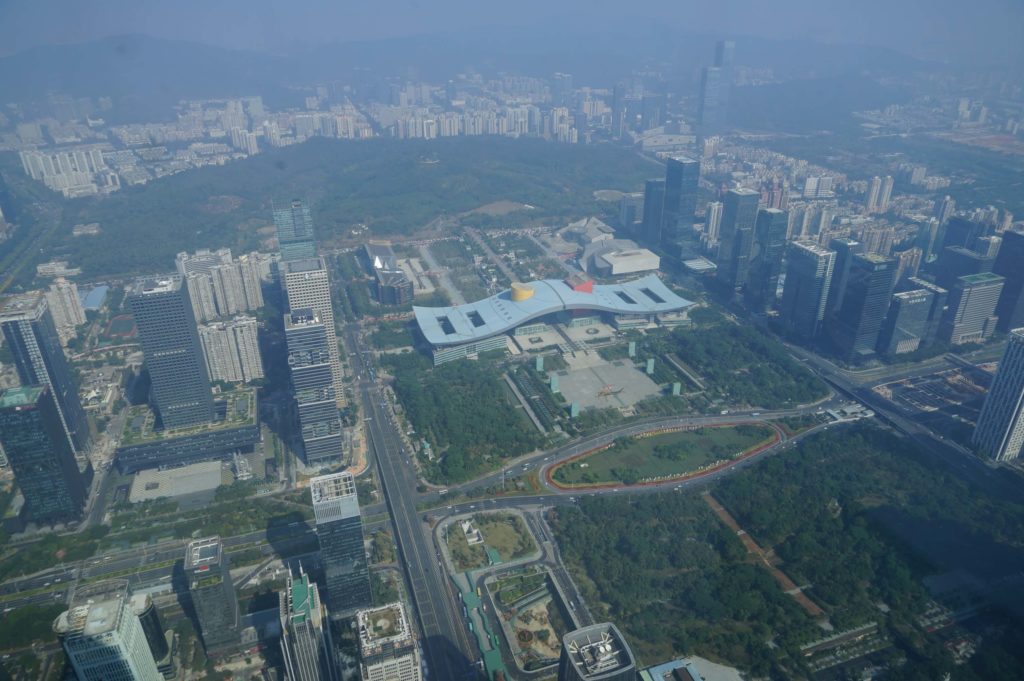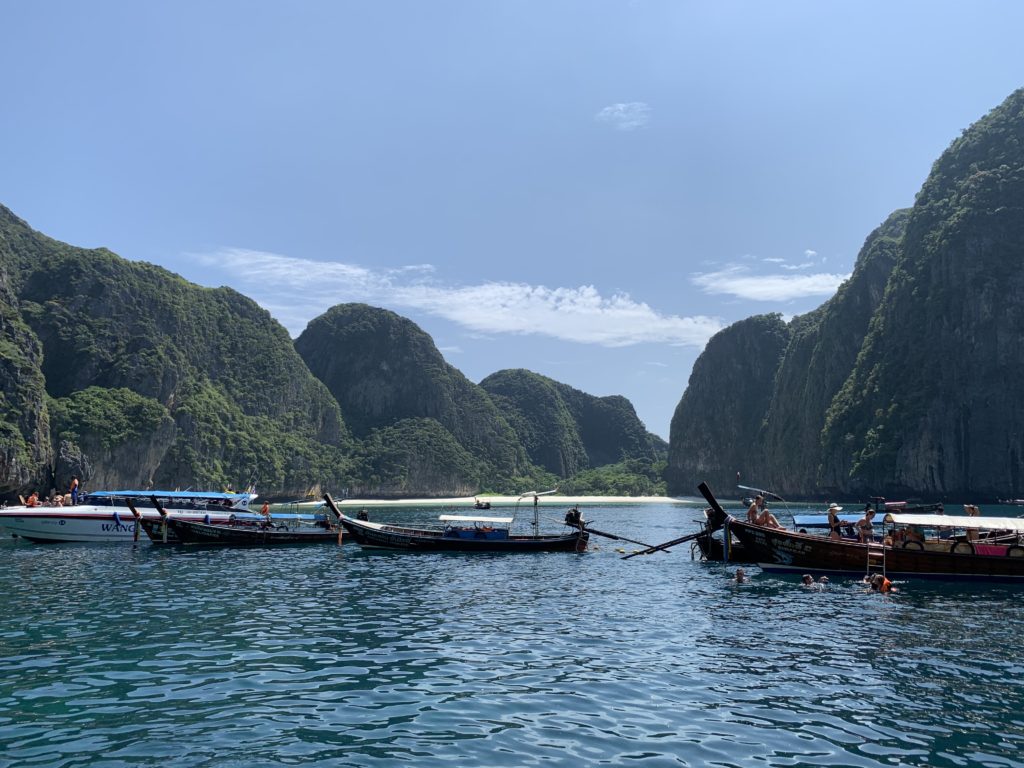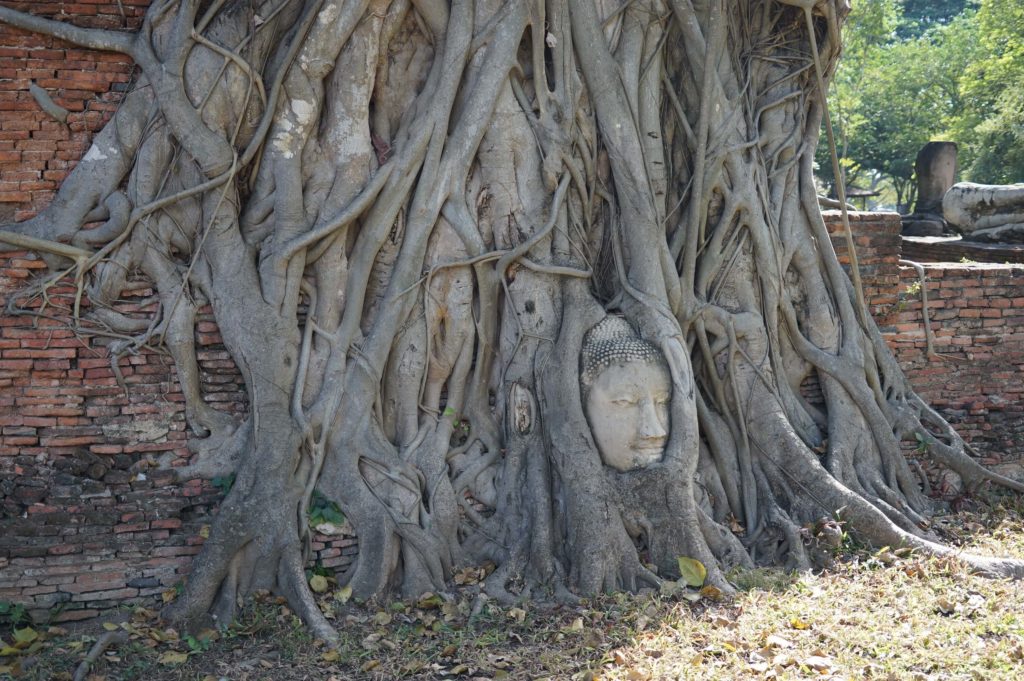Cordoba – Argentina
Cordoba de la Nueva Andalucia
Re-entering Argentina to continue the tour in Argentina after a couple of days visiting Montevideo, the capital city of Uruguay, it is now time for one of the most visited places in the country, the beautiful Cordoba. Argentina’s second largest city, named after Cordoba in Spain was founded in 1573 by Conquistador Jerónimo Luis de Cabrera, who claimed most of the northwest of current Argentina. Soon after, the original urban plan for the city was created: the traditional colonial orthogonal grid of streets, 70 blocks in total in a 10 by 7 with an epicentral square, the heart of the religion and politics where the City Hall and Cathedral were built.
It was not much later, in 1616 when the Jesuit Block started to take shape in its construction, becoming the first university in Argentina, and the 4th oldest in South America. Several other complexes ere built by the Jesuits in the province, receiving the name of Estancia Jesuistica, each had its own church and buildings around which, a town grew. Nowadays, these are one of the major tourist draws, and preserved for posterity by their inclusion in the UNESCO’s list as World Heritage Site.
Churches, basilicas, monasteries and palaces for wealthy merchants soon filled all available plots, rivalling in greatness with Buenos Aires to the point of been considered as the capital of the country before any other city. Its population kept growing, expanding beyond its original limits to create new districts around the old town; tending of new avenues and streets, infrastructure and another great boost to its economy after the arrival of thousands of immigrants from Italy and Spain at the end of the 19th century. The taste for the architecture change for a French, Italianate and Spanish colonial, same as it happened in Buenos Aires at the turn of the 20th century, and although beautiful, it meant the destruction of most of the original colonial fabric to make way for the bigger and greater.
